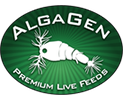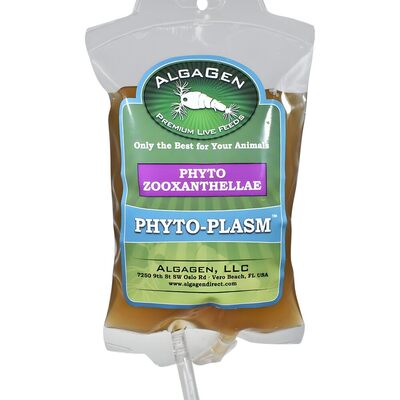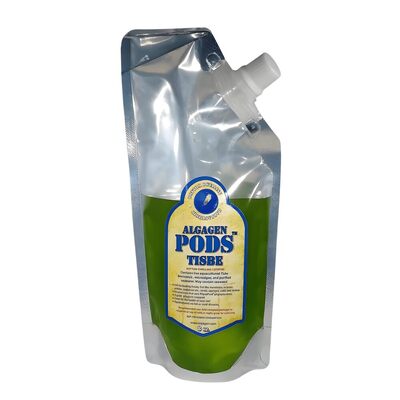When it comes to maintaining a saltwater aquarium, one of the most critical aspects that significantly affects the health of the ecosystem is feeding. Mastering feeding strategies for saltwater aquariums ensures the well-being of marine life and maintains the overall balance of the aquatic environment. Proper feeding can prevent numerous common problems, such as nutrient imbalances, water pollution, and the proliferation of algae. This comprehensive guide will delve into effective feeding strategies for saltwater aquariums, ensuring your marine inhabitants thrive in a healthy, stable environment.
Understanding the Dietary Needs of Marine Species
Saltwater aquariums often house diverse organisms, including fish, corals, and invertebrates. Each species has specific dietary requirements that need to be met for optimal health. Carnivorous fish, for example, require a protein-rich diet, which can be provided through live, frozen, or pelleted foods designed for marine predators. Herbivorous species, on the other hand, will thrive on algae and vegetable-based foods. Omnivores benefit from a mixed diet that includes both animal and plant substances.
One of the essential feeding strategies for saltwater aquariums is to research and understand the natural feeding habits and preferences of each species in your tank. This tailored approach ensures that each inhabitant receives the nutrients it needs and mimics their natural feeding behaviors, which can be crucial for their physiological health.
Quantity and Frequency of Feeding
The amount and frequency of feeding are pivotal in maintaining the quality of your aquarium's water. Overfeeding is a common issue that can lead to significant problems, including elevated nitrate and phosphate levels, which contribute to unwanted algae growth. Generally, it would help if you fed no more than what your fish can consume in two to three minutes once or twice daily.
Adjust the feeding strategies to match their natural rhythms for sedentary or slow-moving fish or nocturnal feeders. This might mean feeding less during the day and more at dusk or dawn. Monitoring your aquarium's inhabitants during feeding times allows you to assess if the amount and schedule need adjustment based on their behavior and health.
Variety is Key
Diversity in diet is as crucial in the aquarium as it is in the wild. Implementing feeding strategies for saltwater aquariums that include various food types ensures a balanced intake of nutrients and keeps the aquarium life engaged and interested in their feeding routine. Incorporate a mix of live food, dry pellets, flakes, frozen food, and fresh options. For many species, particularly those that are filter feeders, such as certain types of coral, adding liquid or powdered invertebrate foods to the water can mimic the nutrient-rich waters of their natural habitat.
Live Feeds and Specialized Diets
Live feeds, such as brine shrimp, bloodworms, and microcrustaceans, are excellent for mimicking natural feeding behaviors. Predatory fish significantly benefit from chasing and capturing live prey, which can also stimulate activity and reduce stress. However, it's crucial to source live feeds from reputable suppliers to avoid introducing diseases into the aquarium.
Some saltwater aquarium inhabitants may require specialized diets. For example, certain types of coral and filter feeders require micronutrient-rich foods that are suspended in water. These feeding strategies for saltwater aquariums often involve target feeding, where the food is delivered directly to the organism using a syringe or pipette, ensuring that the food reaches the organism without being intercepted or wasted.
Regular Monitoring and Adjustment
Regularly observing your aquarium's residents and their response to different types of food and feeding schedules is vital. Look for signs of good health, such as clear eyes, full-bodied, vibrant colors, and active behavior. Signs that adjustments may be necessary include lethargy, lack of interest in food, or signs of malnutrition or disease.
Additionally, regular testing of water parameters will guide your feeding strategy. High levels of nitrates, phosphates, or a drop in pH indicate overfeeding or the need for better-quality or different types of food.
Conclusion
Mastering feeding strategies for saltwater aquariums is crucial for the health of the aquarium inhabitants and the overall ecosystem. A balanced diet tailored to the specific needs of the various species, appropriate feeding quantities and frequencies, and a keen eye on the health and behavior of the residents are all critical components. With these strategies, enthusiasts can ensure their saltwater aquarium is a thriving, vibrant ecosystem. This thoughtful approach to feeding benefits the marine life and enhances the enjoyment and success of maintaining a saltwater aquarium.
0 Comments





Recent post